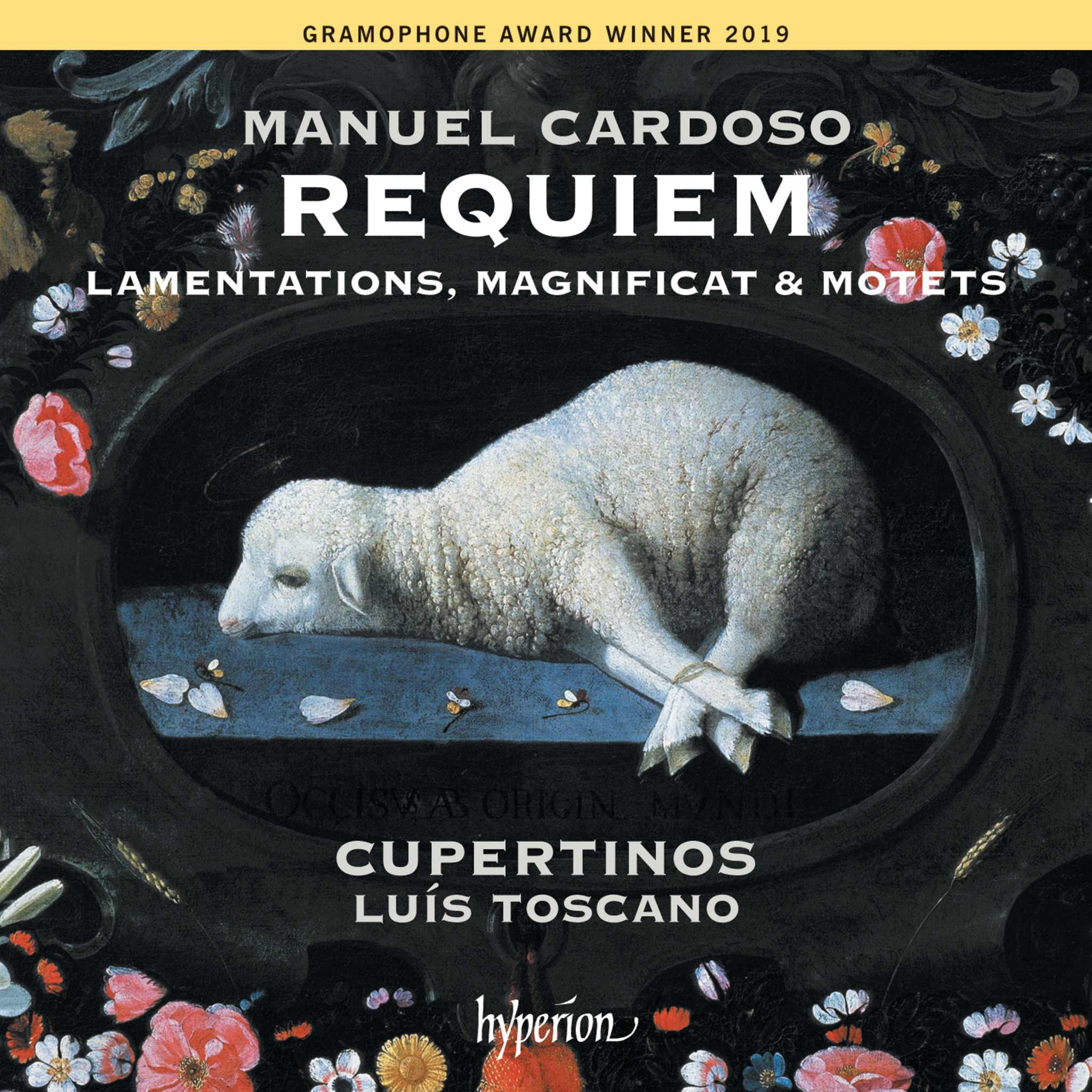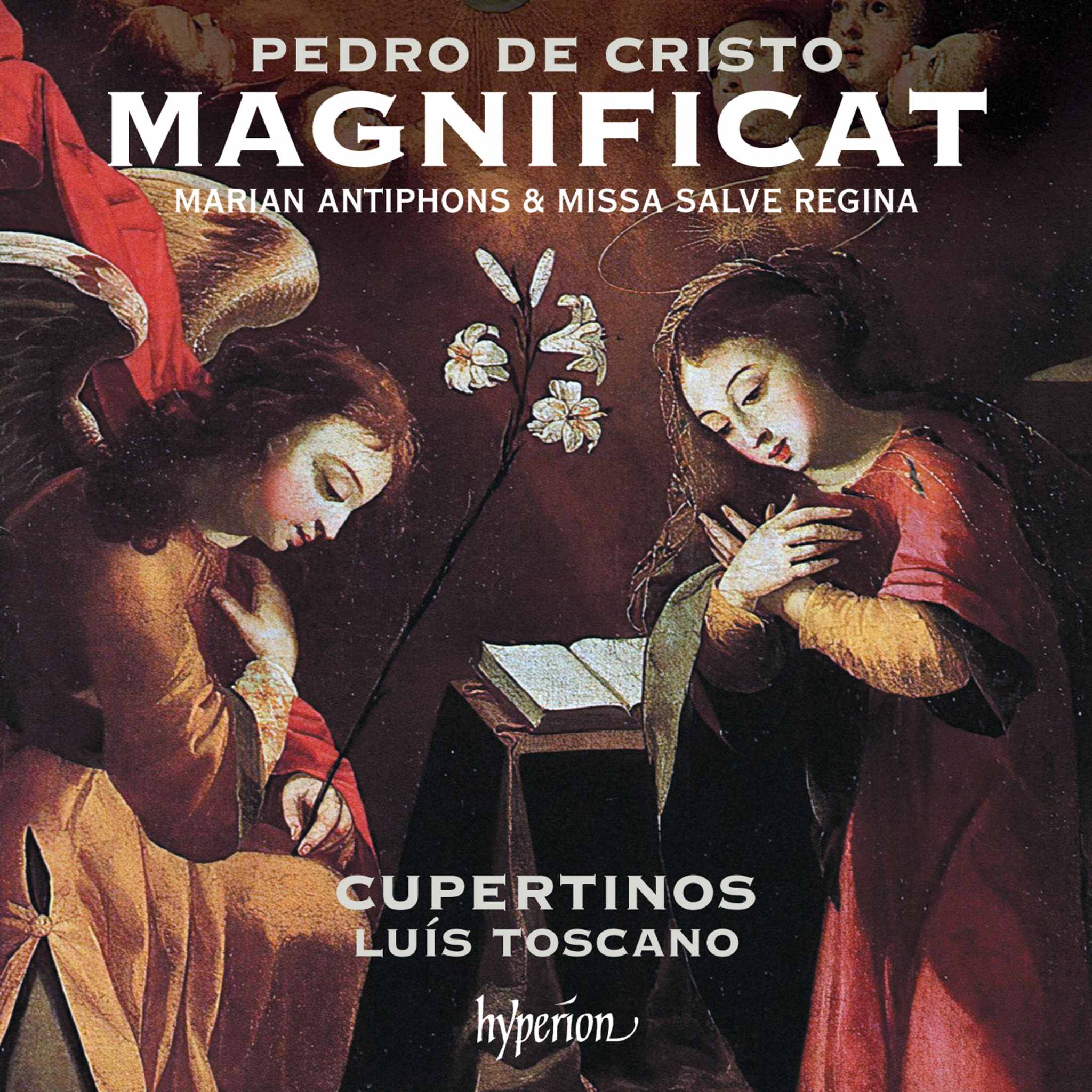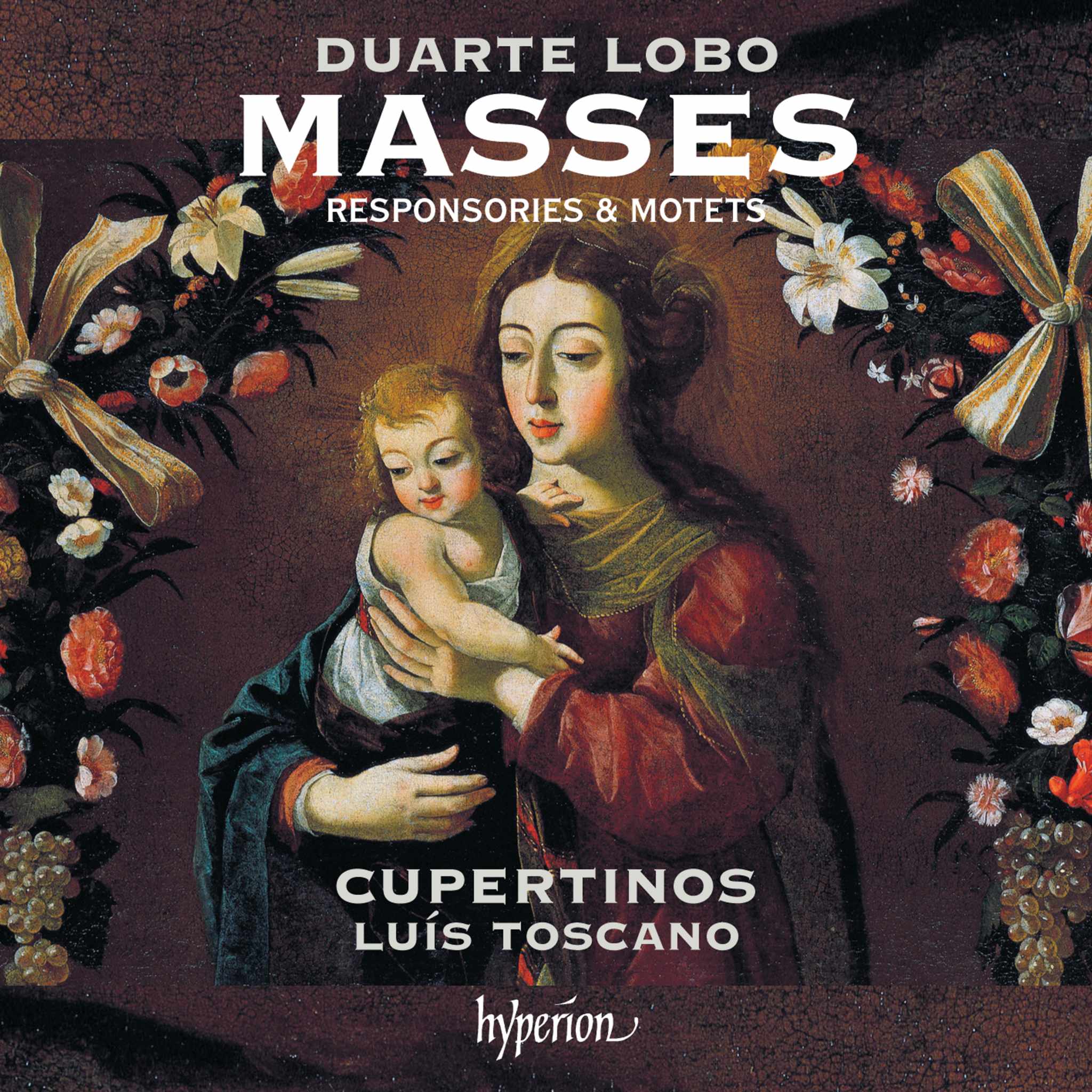Album insights
Leoš Janáček, born in Moravia (in present-day Czech Republic), and the Hungarian Ernő Dohnányi are regarded as pioneers of Eastern European music in the early 20th century. Janáček, despite being from a prior generation, showcased a radical and original approach in his compositions. On the other hand, Dohnányi represented a more organic evolution of 19th-century stylistic trends. While he is less appreciated for his own works, he played a crucial role in inspiring younger contemporaries like Zoltán Kodály and Béla Bartók, who drew inspiration from Hungarian folk music.
Dohnányi, born in 1877 near Vienna in the former Hungarian capital of Pozsony, grew up influenced by the German-Austrian music culture shaped by Brahms. He maintained an awareness of the Hungarian musical tradition cultivated by Liszt. Dohnányi, a gifted composer and acclaimed pianist, taught in Berlin in the early 20th century and later settled in Budapest. His contributions to Hungarian music culture became prominent after the Habsburg Monarchy's fall in 1918. Despite challenges during and after World War II, he continued to support musicians and eventually spent his later years as an exile, teaching in Argentina and the United States.
Dohnányi's personal style, though influenced by Kodály and Bartók, remained more romantically inclined. He composed a diverse range of music, including piano and chamber pieces, operas like "The Tenor," and symphonies. Notable among his works are the Variations on a Children's Song for Piano and Orchestra and the Violin Sonata in C-sharp Minor. The sonata, composed in Berlin in 1912, exemplifies a fusion of Brahms and Liszt's styles with thematic unity across its three movements through variation and thematic recall.
The Violin Sonata by Leoš Janáček was composed during the turmoil of World War I. Its structure and dramatic elements reflect the period's upheavals and the composer's grief over personal loss. The Sonata, with its distinct style characterized by melodic fragments and intense repetitions, unfolds in four movements. The Ballad, an emotionally rich second movement, and the intense Allegretto with folk elements lead up to a poignant, elegiac final movement that closes with an abrupt yet emotional ending.
Janáček's Klavírní cycle "On an Overgrown Path" captures the composer's sorrow and memories, particularly relating to the loss of his daughter, Olga. The piece unfolds in pieces full of tender sentiment and reflection. Included in this selection are early works from Janáček's studies, like the Romance and Dumka, showcasing his development as a composer with a predilection for romantic and introspective melodies.
The intricate history behind the creation and reworking of Janáček's Violin Sonata adds another layer to its emotional depth and complex structure. Through its progression, the Sonata weaves a tale of personal pain and artistic evolution in the midst of societal upheaval and change.
Calum MacDonald © 2010




